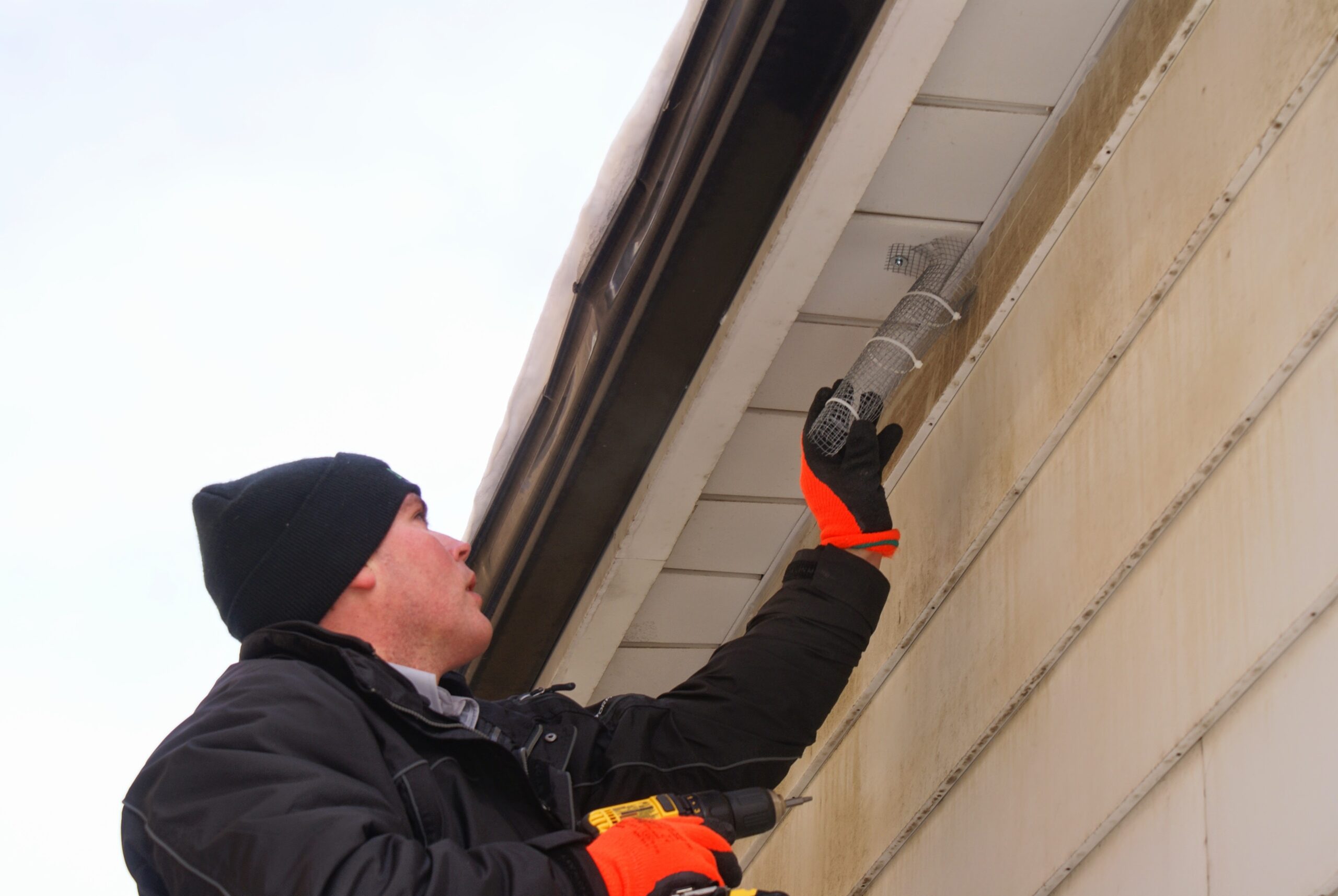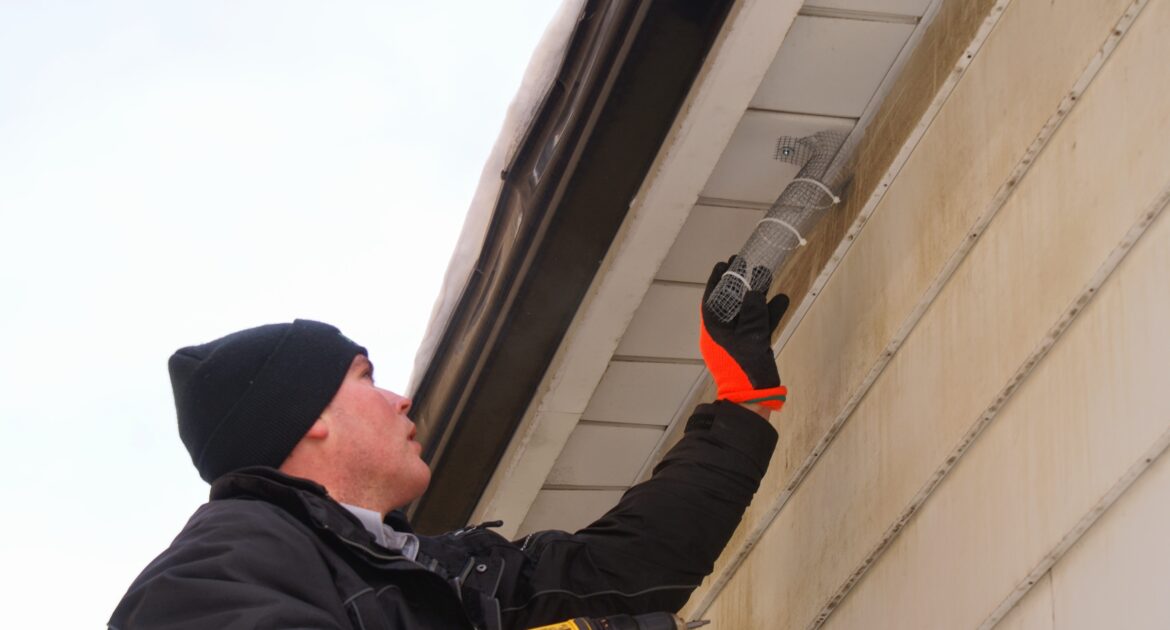The little brown bat, or Myotis lucifugus, is a common bat species in Canada. About 25 cm, including wingspan, the bat weighs about 8 g and hunts along water edges for insects. It has dark wings, a prominent snout, pointed ears, and beady eyes. The animal is nocturnal and may roost in houses and buildings. If you know or suspect the animal is roosting on your property, contact bat removal in Hamilton and request a property inspection.
Why You Need Little Brown Bat Removal in Hamilton This Summer
Little brown bats commonly roost in abandoned cabins, attics, roofs, and under siding. The animals are not aggressive, but people should not confuse them as friendly or docile like domestic pets.
Bats can carry and transmit several diseases and infections. The animal’s guano or excrement may contain harmful bacteria, which can make people and pets ill.
Beyond the risks of infection and illness, roosting bats can also cause significant property damage from their waste and natural behaviours. A bat colony roosting in a residence is a problem that requires immediate mitigation. Because of all the potential risks, only a professional should remove the animals.
Bat removal in Hamilton depends on several factors, including summer habits, animal diet, and sleep or hibernation patterns. A professional understands all the legal or regulatory issues with bat removal.
Summer Habits
Little brown bats only leave their roosts to feed at night. In the summer, they only have about two hours to hunt insects before returning to their nests.
Male and female bats do not roost together. Females roost in colonies of hundreds and only birth a single pup each during the summer. Males may roost in small groups, but they typically roost alone. If roosting in an attic space, the bats may crawl into wall cavities seeking cooler temperatures from a home’s A/C.
The bats may migrate to hibernation sites in the fall; some may nest in attics or outbuildings if they are warm enough. Still, if a colony exists in a home or building, it has likely been there for at least a season or two.
Diet
Like all animals, bats like to nest near food and water sources. Little brown bats eat flying insects. If your property has a problem with flying insects, such as mosquitos, it may present an ideal hunting ground for bats.
You want to look for signs of bats in the house, such as strange sounds or smells. Bat guano has an ammonia-like odour and will be the most prevalent in the attic or nesting area. Homeowners may notice urine stains on their ceilings or items in the attic. At the first sign of bats, contact bat removal in Hamilton.
Sleep Habits
Bats sleep during the day. If you have bats in your house, you may not hear strange noises during the daytime. Listen for odd sounds at dusk and just before dawn when the animals leave the roost or return.
Why Prevention is the Key To Protecting Your Property
How do bats get in a house? Brown bats are small with flexible frames that can squeeze through small openings and narrow gaps in your house’s siding or roofing.
A wildlife control professional can help you identify vulnerabilities in your house to keep bats away. The service can also help you treat your property for insects to limit the natural food source of the little brown bat, encouraging it to hunt elsewhere.
Why Work With Skedaddle Humane Wildlife Control for Bat Removal in Hamilton
The little brown bat is small and common in Canada. Its natural habits and diet encourage activity in residential areas, putting houses at risk of infestations. Bat removal in Hamilton can help protect your property and keep your family and pets healthy. Contact Skedaddle Humane Wildlife Control to learn more.




